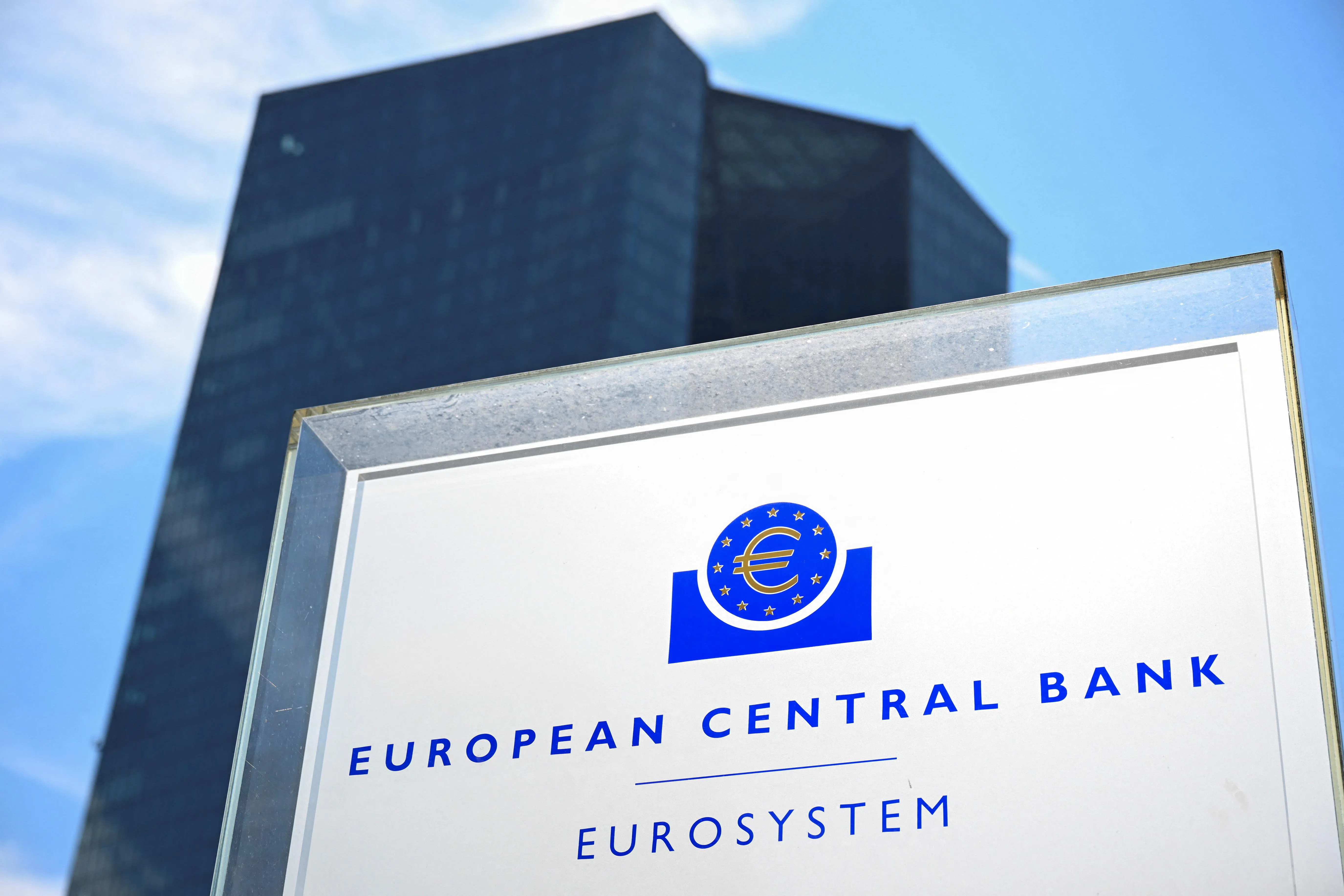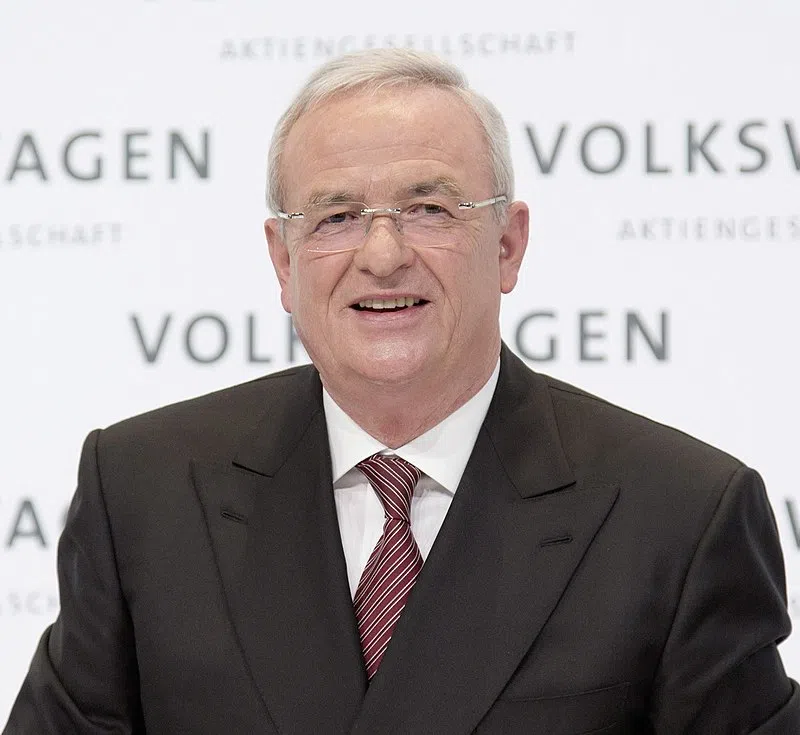DECISIONS at the European Central Bank (ECB) are set to get a lot more contentious once interest rates fall to about 3 per cent and clashes emerge over what’s still needed to keep inflation in check, according to sources familiar with the matter.
While the next two or three reductions in the deposit rate from its current level of 3.75 per cent are unlikely to cause major friction, the debate will then encounter differing views of both the price outlook and the point where monetary policy stops restraining economic growth, the sources said, asking not to be identified as the discussions are private.
Estimates on the latter run from 2 to 3 per cent. But with inflation plunging, markets and analysts reckon borrowing costs will approach – or maybe even reach – the upper end of that range by year-end. They see them eventually settling at about 2.5 per cent.
There are early indications of the tensions to come.
“The closer policy rates get to the upper band of estimates of the neutral rate of interest – that is, the less certain we are how restrictive our policy is – the more cautious we should be to avoid that policy itself becomes a factor slowing down disinflation,” Executive Board member Isabel Schnabel said on Friday (Aug 30).
ECB officials largely agree that there’s room to cut rates further, with consumer-price gains still in line with their outlook for a return to the 2 per cent goal late next year.
BT in your inbox
Start and end each day with the latest news stories and analyses delivered straight to your inbox.
After June’s initial move, more are expected in September and December – aligning with the publication of quarterly economic projections. Investors are not ruling out another in October, either.
There’s less harmony, though, over how much of a threat inflation – sitting at 2.2 per cent in August – still poses. The more dovish camp frets about falling short of the target, especially as the eurozone’s 20-nation economy loses momentum. Hawks, though, fear that loosening policy too rapidly would risk reigniting prices.
Such arguments are already being voiced from within the 26-strong Governing Council.
On the one hand, Greece’s Yannis Stournaras has urged officials to be “equally concerned about overshooting and undershooting the inflation target”, and Portugal’s Mario Centeno has said the ECB must “bring inflation down with the lowest possible sacrifice” – a reference to potential economic pain if policy is too tight for too long.
For him, the danger is a return to the low-inflation, low growth environment that preceded the pandemic.
In contrast, Croatia’s Boris Vujcic singles out sticky price growth in the services sector, which ticked up to 4.2 per cent in August, while Bundesbank president Joachim Nagel said last week that the ECB should not lower rates too quickly because “a somewhat stronger economic recovery could further delay the return to our target”.
Calibrating at precisely which point policy begins to boost economic growth, rather than hold it back, is even more divisive – mainly because the so-called neutral rate is not observable and multiple estimates of where it lies exist.
In an article from January, ECB economists said models produce a real rate between -0.75 per cent and 1 per cent – meaning a nominal rate of 1.25 to 3 per cent. France’s Francois Villeroy de Galhau, though, said in April that an ECB and Bank of France estimate suggests a nominal rate of 2 to 2.5 per cent.
“This is not necessarily the target for the current rate-cutting phase,” he said at the time. “It simply shows that we have significant leeway to lower our rates before exiting restrictive territory.”
Such dovish-sounding appraisals of the neutral rate rest on the still-weak fundamentals of the euro-area economy – like low birth rates and fading productivity. More hawkishly inclined officials disagree, pointing to a range of 2.5 per cent and 3 per cent – driven by structural factors such as the costly green transition and persistently tight labour markets.
“The ongoing stagflationary risk in the euro area will make rate cuts beyond next week more controversial, because the Governing Council is again clearly more divided between doves and hawks,” said Carsten Brzeski, head of macro at ING. “For the hawks to agree to a series of rate cuts, growth in the eurozone needs to weaken further.” BLOOMBERG




